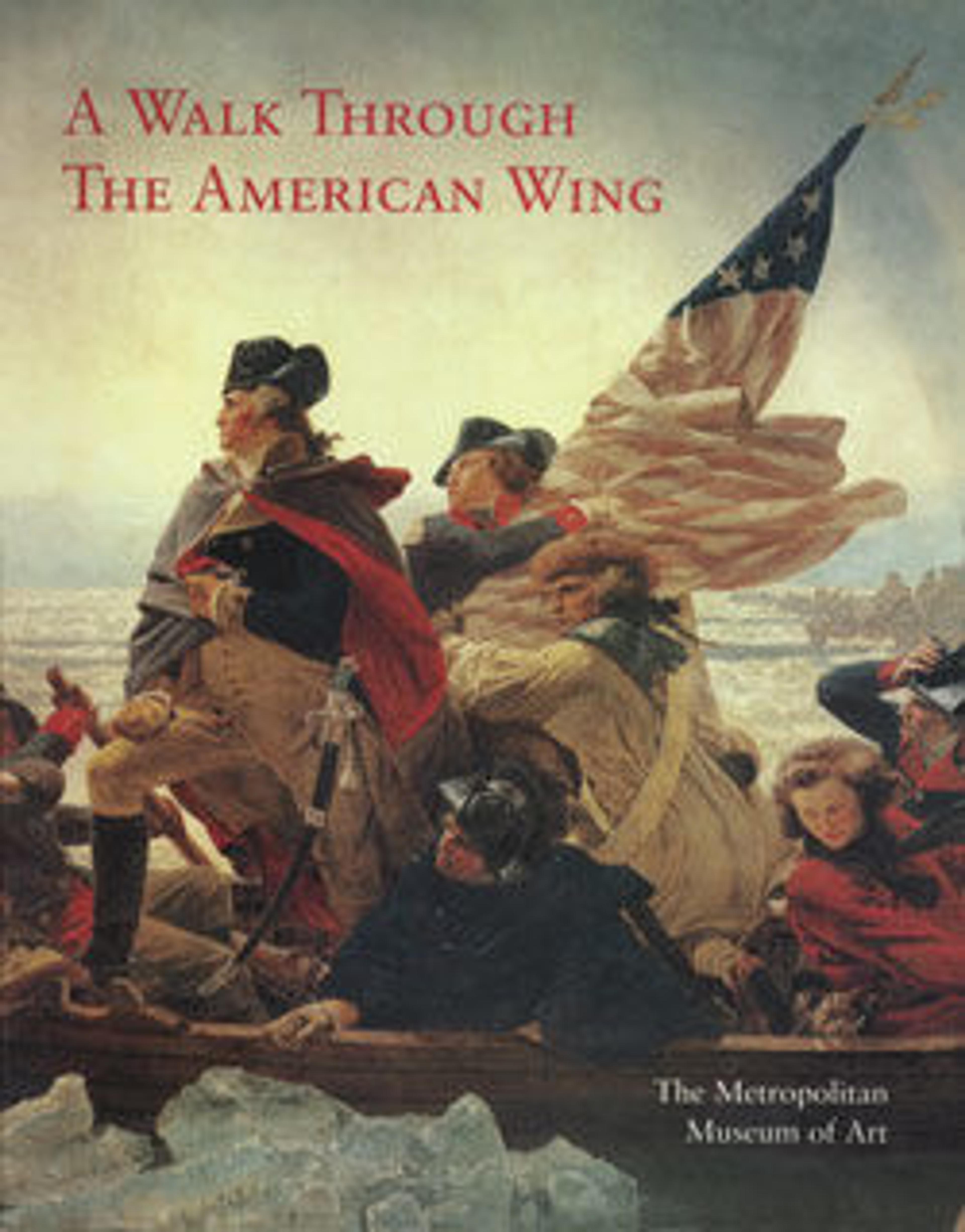Room from the Powel House, Philadelphia
Artwork Details
- Title: Room from the Powel House, Philadelphia
- Date: 1765–66, remodeled 1769–71
- Geography: Made in Philadelphia, Pennsylvania, United States
- Culture: American
- Medium: Wood and plaster
- Dimensions: Dimensions unavailable
- Credit Line: Rogers Fund, 1918
- Object Number: 18.87.1–.4
- Curatorial Department: The American Wing
Audio
4347. Powel House, Philadelphia, Pennsylvania
NARRATOR: George Washington, John Adams, and other leading figures in this nation’s early history spent time in this room, in its original location in Philadelphia.On the eve of the American Revolution, when the Powel House was built, Philadelphia was the country’s leading center of style and taste.This parlor, and adjacent ballroom were intended to impress guests.One historian aptly described the room as “an island of formality.” The marble-topped pier table against the wall on the left, and the looking glass above it, were important status symbols of their day. Looking glasses were frequently placed between two windows for practical reasons.When you looked in the mirror, sunlight streaming through the windows would illuminate your face. No expense was spared in the Powel House. As we can see in this room, some of the craftsmanship is purely for pleasure—in particular, the green painted carved wood ornament of the mantel on the right…and the intricate plaster design of the ceiling. Though not original to the room, the hand-painted 18th century Chinese wallpaper is a type found in the grandest houses at this time. The handsome, elegantly carved mahogany chairs that fill the room are examples of the Chippendale style, with angled backs, and curved legs that terminate in claw and ball feet. Typically all of the chairs in this room would have been lined up against the walls, except when in use. It wasn’t until the late 19th century, roughly 100 years later, that chairs were placed in designated spots. But this room is set up for tea.
More Artwork
Research Resources
The Met provides unparalleled resources for research and welcomes an international community of students and scholars. The Met's Open Access API is where creators and researchers can connect to the The Met collection. Open Access data and public domain images are available for unrestricted commercial and noncommercial use without permission or fee.
To request images under copyright and other restrictions, please use this Image Request form.
Feedback
We continue to research and examine historical and cultural context for objects in The Met collection. If you have comments or questions about this object record, please complete and submit this form. The Museum looks forward to receiving your comments.
